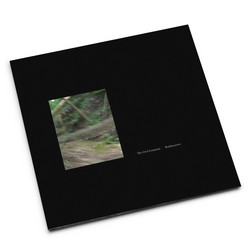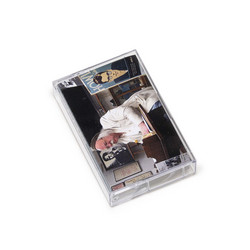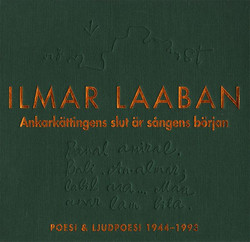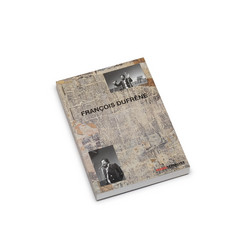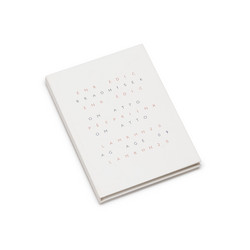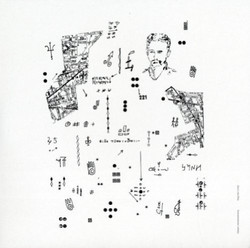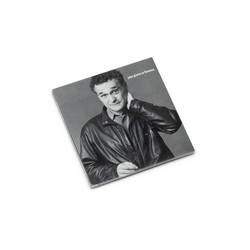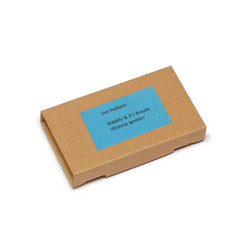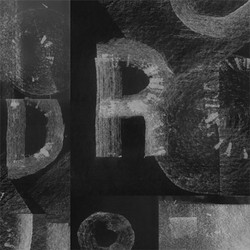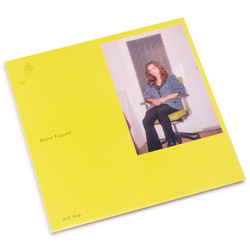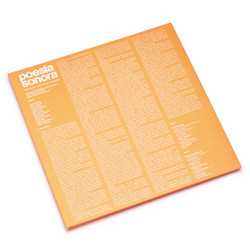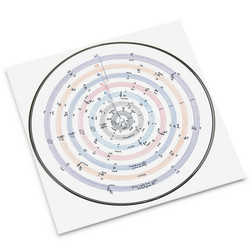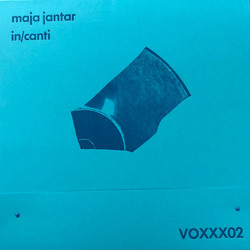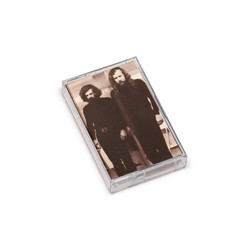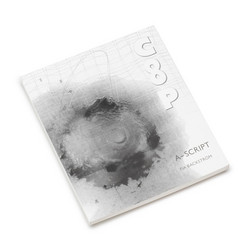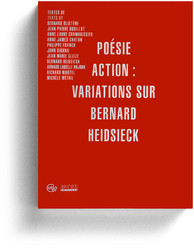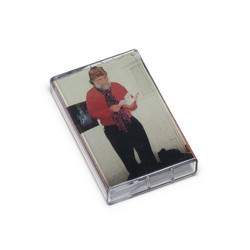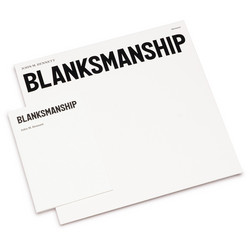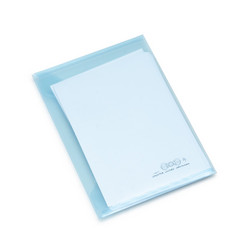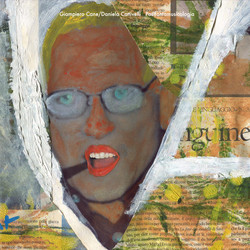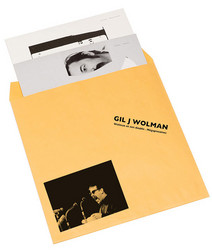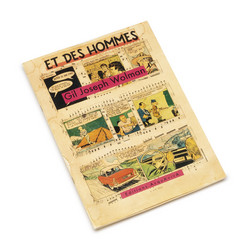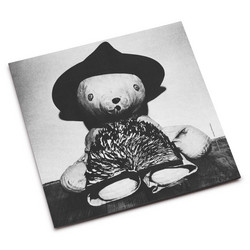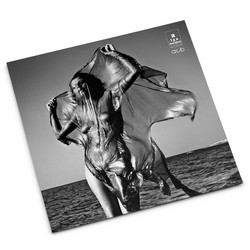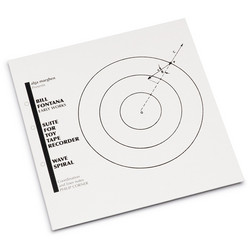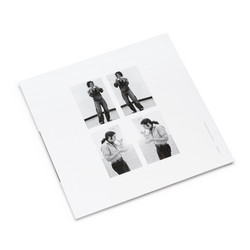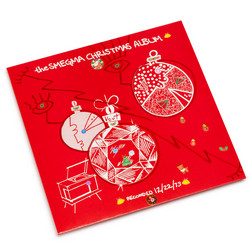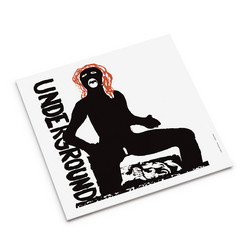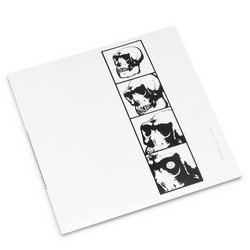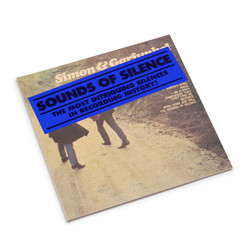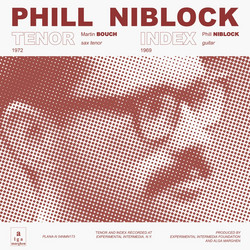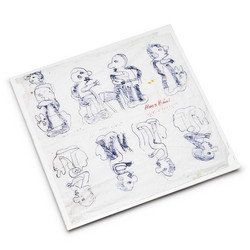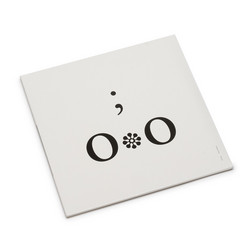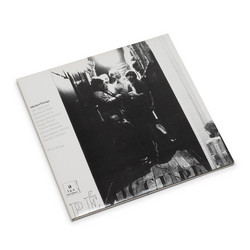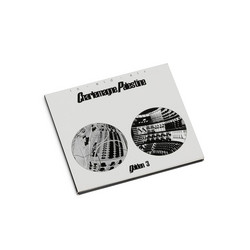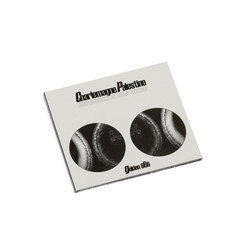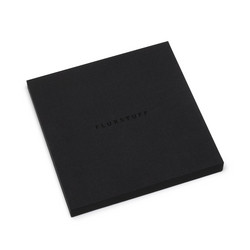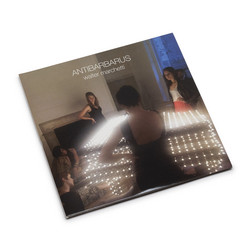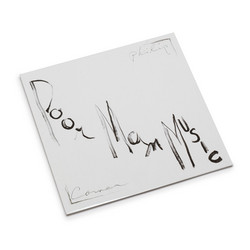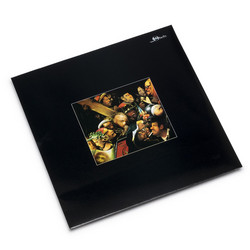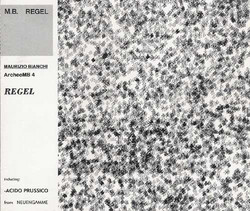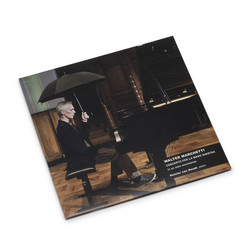* 220 copies * Gil J. Wolman stands as one of the most criminally undervalued figures in the history of sound poetry - a pioneer whose innovations preceded and influenced the work of Henri Chopin, Brion Gysin, and countless others, yet whose contributions have remained largely in the shadows. “Mégapneumes”, Alga Marghen's third release dedicated to Wolman's revolutionary work, offers a definitive glimpse into the poetic revolution that emerged from the heart of the Lettrist movement during the 1960s. Unlike Isidore Isou, Wolman was not one to send out leaflets proclaiming his achievements, yet his mégapneumes - dating from 1950 when he first joined the Lettrist movement - represent nothing less than a complete rupture with traditional poetry. As François Dufrêne declared in 1973, “Gil J Wolman is one of the most important phonetic poets”, a recognition that seems prophetic given the countless contemporary practitioners who continue to mine the territories he first opened.
The seven works gathered on “Mégapneumes” reveal the full scope of Wolman's radical vision. Three pieces - “Un Coup Pour Rien”, “Un Coup Pour Deux”, and “Tu Vas la Taire ta Gueule” - were recorded in the professional studios of Radio Canada in 1965, capturing what can only be described as an organic infra-language, the physical poetry of a mind pushing beyond the boundaries of conventional expression. These are poems in “expectorations”, going beyond phonetic poetry made of letters into pure breath and concrete air. Perhaps most remarkable is “Les Callas”, an astonishing piece possibly based on several superimposed recordings of Wolman's voice at Radio Télévision Française in the early 1960s. Here, a Lettrist choir recycles Rimbaldian vowels while high-pitched cries emerge in the manner of Antonin Artaud, culminating in a polyphony worthy of some tribe resistant to domestication. It's a work that anticipates the vocal extremities later explored by Diamanda Galás and Demetrio Stratos, yet retains an entirely unique character. The raw corporeal intensity foreshadows the body-as-instrument approach that would later define the work of Masonna, Hijokaidan, and Incapacitants - yet Wolman's explorations retain an entirely unique poetic dimension.
Wolman was undoubtedly one of the first poets to exploit the resources of the tape recorder, employing varispeed techniques in works like “Le Ciel bouge” (1951) that wouldn't be taken up by Gysin and Chopin until a decade later. His influence extends far beyond the realm of concrete poetry into the territories occupied by John Cage's chance operations, La Monte Young's sustained tones, and the vocal investigations of Joan La Barbara. The collection concludes with material found still wound on Wolman's tape recorder after his death - fragments of what may be his final mégapneume, offering a poignant glimpse into a practice that continued until the very end. Like Gherasim Luca, Wolman did not need numerous public recitals or recordings to make his mark; the work speaks with the authority of absolute conviction. “Mégapneumes” stands as essential documentation of a major artist who chose, like Duchamp or Arman, to work outside the mainstream while fundamentally altering the landscape for everyone who followed. Alga Marghen's meticulous presentation, complete with Wolman's own visual work and comprehensive notes by Frédéric Acquaviva, offers the definitive introduction to one of the 20th Century's most radical poetic voices.
Limited to 220 copies, this is the inevitable rediscovery of a major work - brief like Rimbaud's output, but no less significant for its concentrated intensity.
